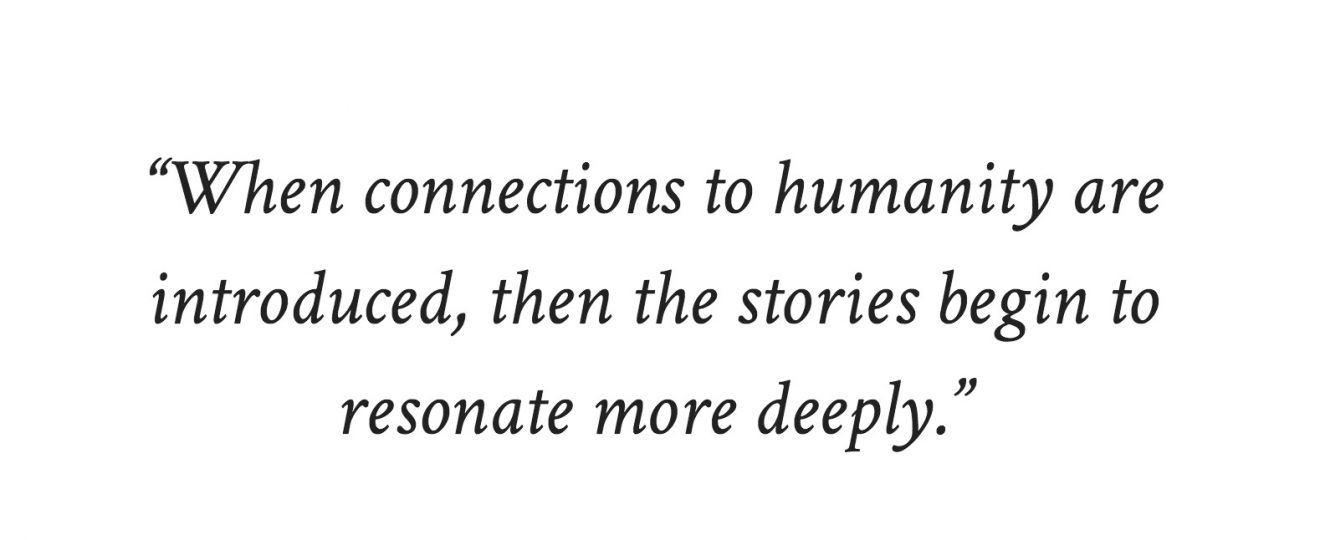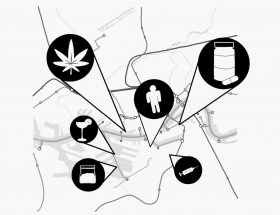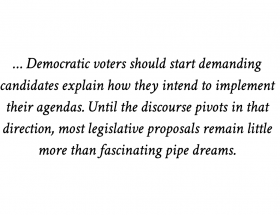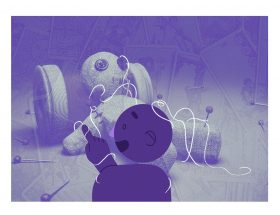Name-recognized international news sources have a disturbing commonality- a near total absence of humanity and individuality in their stories. In the cycle of quick-consumption, websites and newsletters market “everything you need to know in 5 minutes.” But this comes with the cost of eliminating human connection from the news consumed.
The balance between the quick reporting of developing narratives and the nuanced stories of smaller communities and individuals is tenuous. However difficult a task that may be- this balance of stories is not only vital to a holistic approach to “reading news” but also to preventing a complete disconnect between the those about whom stories are written, and those who read the stories.
Stories of individuals do exist, but they are unlikely to be headlining pieces. Perhaps in the daily rush of life, a story of a father, a teacher, or a doctor working within a conflict zone does do not appear as particularly relevant, in comparison to that of a flashy politician in the same position. In the cycle of a purely “need-to-know” information, stories of humans who are most similar to the reader lose their place in the media.
Yet these pieces of news hold as vital a position in our society as any other. For example, reports of militant strikes, rocket attacks, ceasefires, and Friday protests at the Israel-Gaza border dominate headlines of the region. But after consuming these stories, their lasting impact quickly fades. When connections to humanity- to the individual people living in Gaza- are introduced, then the stories begin to resonate more deeply.
For example, al-Jazeera writer Stefanie Dekker practised just this by taking an alternative approach to reporting on Gaza. Mixed among the feed of conflict-driven articles is one on the “other side of Gaza,” of Palestinian children taking swim lessons by a former lifeguard now trying to maintain a living. Not only does this brief story presents a more humanistic perspective on the region, but it also portrays the economic strains of families, the environmental repercussions of inaccessible water and electricity, and the loss of industry to military violence. Her approach to displaying a degree of normalcy offers a lasting narrative of not only the humans it portrays but also the economic and social conditions of the region. Together, this resonates deeper than the daily feed of military and political stories that are detached from human interaction.
These snapshots of human life which are generally missing from standard news feeds are imperative to the connection between individuals and between readers. It is a challenge imparted upon readers at all levels, to take the time and genuine interest in the humans behind the surface of the headlines. Without links between humans- both readers and actors- the responsibility to continue to inform one’s self and to remain in engaged in narratives that challenge one’s distance and comfort from the story lessons from a constant human duty to a mere suggestion.




